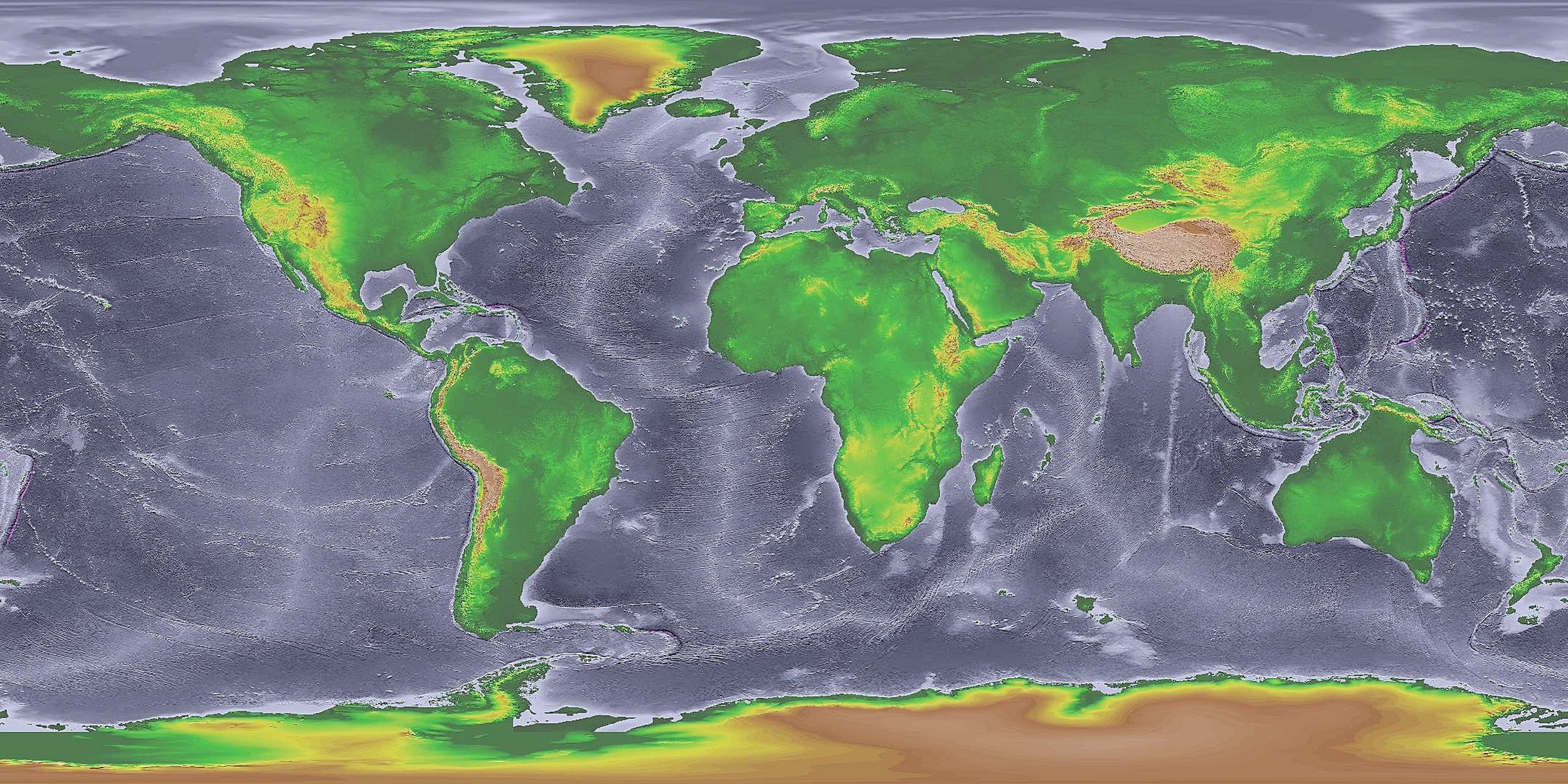Data
Here, we present high-quality data sources and models that provide invaluable insights into the intricate dynamics of sea level and ice sheet interaction. Our data page has been organized into relevant categories for easy navigation:
Bathymetry Data & Maps
Ice Sheet Reconstruction Data & Maps
Climate Cycle - Glacial-Interglacial
Paleoclimatology & Paleoceanography
We strive to maintain transparency and proper attribution; therefore, all our listed data sources include necessary citations, contributing to the integrity and reproducibility of scientific research.
Bathymetry Data & Maps
GEBCO Gridded Bathymetry Data - Provides gridded bathymetry data compiled by The General Bathymetric Chart of the Oceans (GEBCO). Attribution: GEBCO.
NOAA Seafloor Mapping - An array of data and maps by the National Oceanic and Atmospheric Administration (NOAA) related to the mapping of the seafloor. Attribution: NOAA's National Centers for Environmental Information (NCEI).
NOAA ETOPO Global Relief Model - ETOPO1 Global Relief Model offering topographic and bathymetric data. Attribution: NOAA's NCEI.
NOAA Coastal Elevation Models - Elevation models for the coastal region from NOAA. Attribution: NOAA's NCEI.
NOAA Bathymetry - Hydrographic Survey Data - Hydrographic data for studying bathymetry. Attribution: NOAA's National Geophysical Data Center.
Arctic Bathymetry Data - Bathymetry data specific to the Arctic region. Attribution: NOAA's National Geophysical Data Center.
Data from a Sea-Level Compilation - Raw data of sea-level compiled in the PANGAEA Data Publisher for Earth & Environmental Science. Attribution: PANGAEA.
Ice Sheet Reconstruction Data & Maps
A new global ice sheet reconstruction for the past 80 000 years - Ice sheet reconstructions for MIS 1-4 Attribution: Gowan, E.J., Zhang, X., Khosravi, S., 2021.
Ice Sheet Model - Ice sheet model provided by Open Science Framework (OSF).
Sea-Level Fingerprinting - Provides data and model related to sea-level fingerprinting. Attribution: Geoscientific Model Development.
Gridded Sea-Level Anomalies - Data and models on gridded sea-level anomalies. Attribution: Geoscientific Model Development.
Glacial Isostatic Adjustment Models - Provides models of glacial isostatic adjustment. Attribution: Geoscientific Model Development.
Ice Sheet Reconstruction - Data on ice sheet reconstruction. Attribution: Earth System Science Data.
1D Sea Level Model - A one-dimensional sea level model available on GitHub. Attribution: Holly Han.
Climate Cycle - Glacial - Interglacial
Climate Cycle Data - Provides comprehensive data on climate cycles. Attribution: American Geophysical Union.
Paleoclimatology Ice Cores - Offers data from ice cores used in the study of paleoclimatology. Attribution: NASA's Earth Observatory.
Glacial and Interglacial Periods - An overview of glacial and interglacial periods, no specific data mentioned. Attribution: Energy Education.
Glacial-Interglacial Cycles - Discusses research on glacial-interglacial cycles. Attribution: UCSB Geology.
Arctic Ocean Circulation and Ice Thickness - Provides data on the circulation and ice thickness of the Arctic Ocean. Attribution: European Space Agency.
Paleoclimatology & Paleoceanography
NOAA Paleoclimatology Program - Provides access to a comprehensive array of climate proxy data, paleoclimate reconstructions, and climate modeling data. Attribution: NOAA.
A Late Pleistocene sea level stack - Presents a global database for past temperature reconstructions, detailing the creation methods and data overview. Attribution: Spratt and Lisiecki, 2016.
Past Global Changes (PAGES) - Provides access to various databases and working groups dealing with different aspects of paleoclimatology.
Data Attribution: Past Global Changes (PAGES), an international project funded by IGBP.
We encourage you to explore these resources and utilize the data and models to deepen your understanding of sea levels and their impact on our planet. As scientific knowledge evolves, so will our database, ensuring that you always have access to the latest and most accurate information on sea levels.
Contact us with questions or if you would like to contribute to this project.
